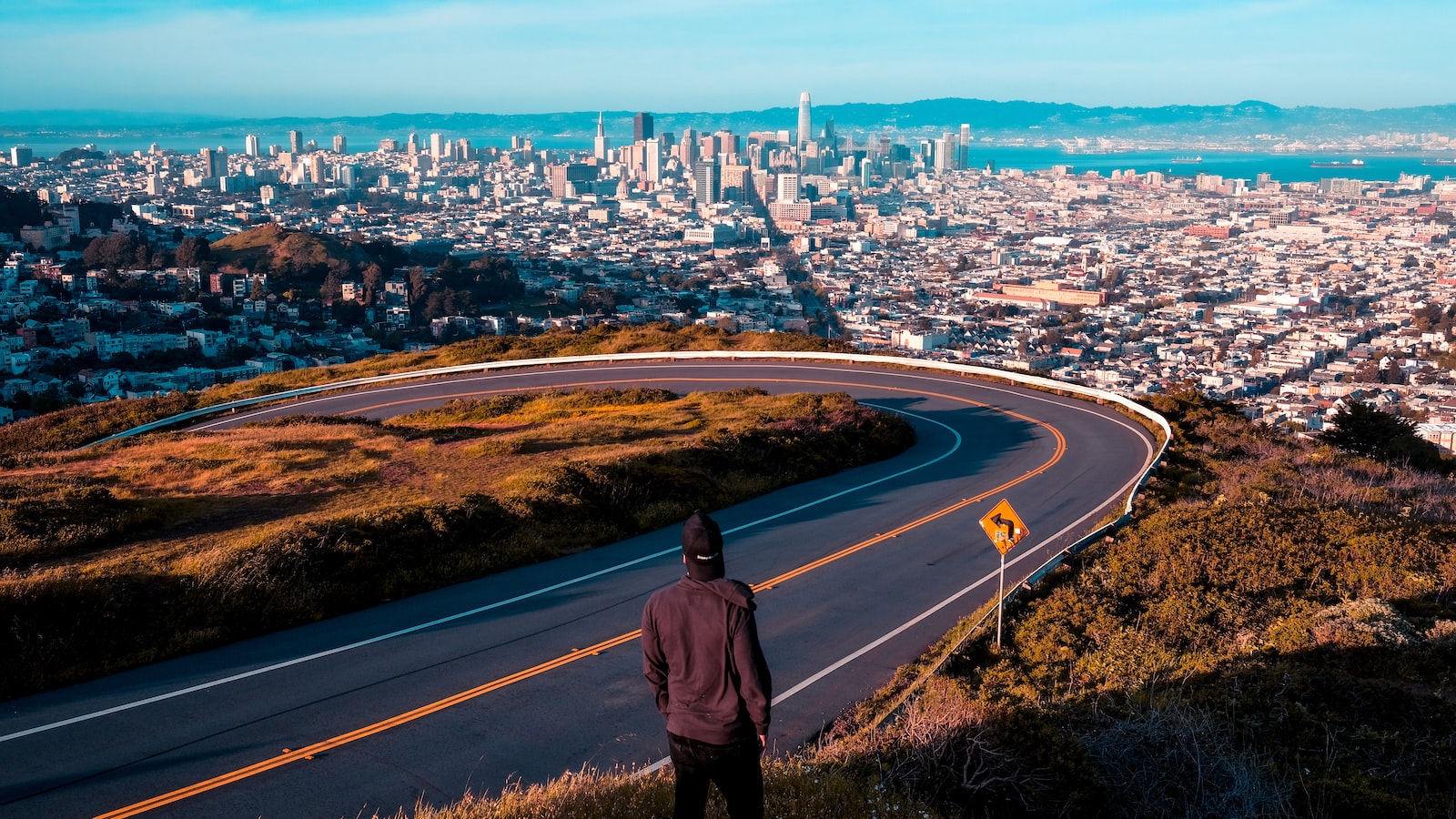In recent years, cities across the world have rediscovered the benefits that cycling can bring to urban areas. For San Francisco, the return to two-wheeled transportation has been particularly pronounced. After many decades of declines, the city has seen a resurgence in biking, both recreational and commuter, alongside new opportunities for the city’s economy.
At the start of the 20th century, bicycles were a popular form of transportation in the San Francisco Bay area. By the 1960s, however, the automobile had eclipsed the bicycle as the preferred mode of transport, with road and highway expansions overtaking the city’s streets. This dominance has been slowly reversing, however, as cycling has seen a return in popularity in the region.
Cycling infrastructure improvements have played a significant role in this shift. San Francisco’s Bicycle Plan of 2003 was the first major effort to reclaim the streets for cyclists, providing dedicated bike paths and lanes throughout the city, along with extensive bike parking. Though efforts for more comprehensive bike lanes stalled out during last decade, San Francisco has been aggressively pushing for a greater number of bike paths and greenways in recent years.
The increasing prevalence of cycling has had a positive impact on the economy of San Francisco. Bicycles create jobs and stimulate industries, from manufacturing and retailers to bike repair and rental businesses. Bicycles can also provide a direct economic benefit to local businesses, with studies showing that bicycle riders are more likely to patronize local businesses. The city has also seen a notable shift in attitudes towards the bicycle. Cultural shifts are changing the face of biking in the city, with an increasing number of families and businesspeople taking to the streets on two wheels, rather than just the stereotypical cyclist.
The bicycle’s recent revival in San Francisco has been an undeniable success. From job growth to a reduction in traffic congestion, the city is beginning to reap many of the benefits of its commitment to cycling. With more bike paths planned for the future, the city is continuing its journey back to the cycling heyday of the 19th and early 20th centuries.

